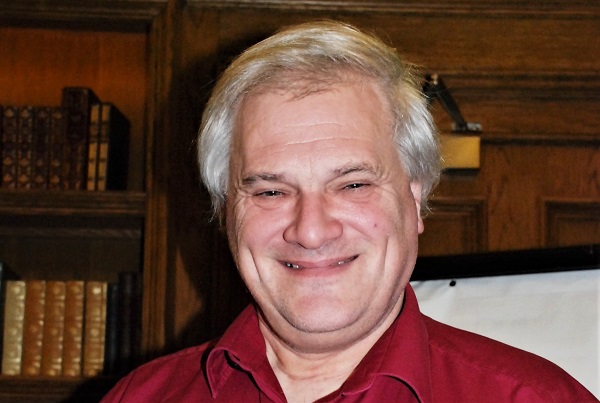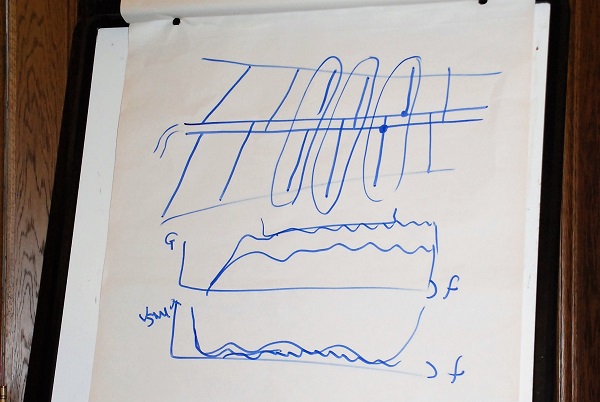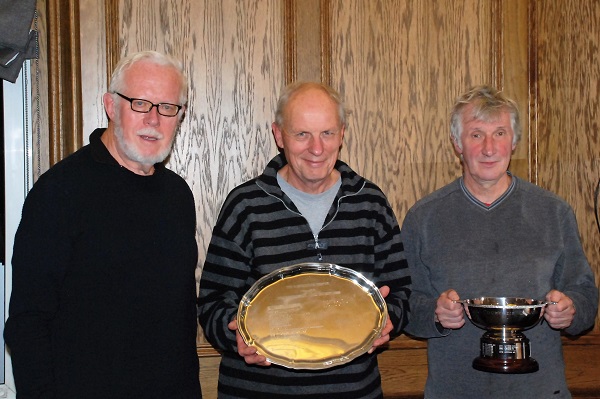
At the meeting on 24th October David Stockton GM4ZNX (our resident radio genius) attempted to answer any (radio) questions that members were brave enough to ask.
The following is the list of questions, with your scribe’s best efforts to summarise the replies:
1. How does the ionosphere work? – Nobody knows!; the electron does not exist. The sun is an unshielded nuclear fusion reactor converting hydrogen into helium. It acts as a broad-band radiator. The best way to regard the ionosphere is as multiple layers of low-grade mirrors with the effect of curving radio waves back to ground.
2. Why does the ionosphere have layers? – Because of different energy levels.
3. What systems have the largest gain? – The noise figure analyser, working from only 5.7dB above thermal noise (5-7K). This provides a sufficient level for a 12-bit A to D converter, going up to 1V RMS. The only problem is they misbehave! It’s best to break down amplifiers into several stable stages. For example, a PA system has a tendency to howl due to feedback. On one occasion the horn loudspeakers at a horse-show put 14 people into hospital! Regeneration is caused by most oscillators being very sensitive to things going off on the same frequency, so keep oscillator and PA separate, ob different frequencies to avoid unintended consequences.
4. Please describe the design of a SWR meter.
(Hopefully the diagram tells it all!) Valuable tip: Schottky diodes are better than Germanium for SWR bridges.
5. Please describe the working of the dual band (6m/4m) single-feed yagi in recent RadCom issues.
– The 4m signal transfers from the 6m driven element to the closely-adjacent 4m un-driven element, with the spacing being critical to achieve minimum SWR and maximum power transfer.
Pete GM4BYF described a similar dual-band yagi antenna he built using a single feed with a T-splitter feeding separate driven elements

The discussion also included the log-periodic antenna which provides approximately 3-element gain on a wide range of frequencies, with a single feed and using a series of gradually reducing elements. See diagram above.
6. What is the predicted lifetime of microcircuits, especially as they get smaller and smaller? – Difficult to say, but higher temperatures of operation are likely to shorten the lives of the microcircuits.
7. What is the future of microcircuits? – Gallium Nitride (GaN) circuits are more expensive but operate at higher voltages. Silicon is doing very well, so why change? Silicon Carbide (SiC) is a possibility but operates at red heat!
8. What is the limit for Moore’s Law? – We may be almost there already!
David was thanked by LRS Secretary Mike MM0MLB for his most interesting and entertaining session.
======================================================================================

The three VHF NFD 2018 operators of GM3HAM/P present then posed with the Martlesham Trophy and the Cockenzie Quaich:
Alan GM3PSP, Pete GM4BYF & Brian GM4DIJ.
===================================================================================
